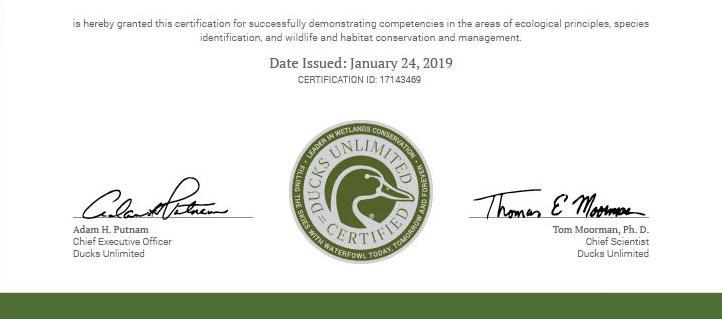
4 minute read
Increasing Literacy in the Agricultural Science Classroom
BY: COURTNEY WEBB ALVIN HIGH SCHOOL AGRICULTURE SCIENCE TEACHER
How can agriculture teachers help our students increase literacy across all Career and Technology Education classes? Over the summer, my school district announced an initiative to increase literacy across all curriculums. I began to think how I could incorporate this into my own classroom. I wasn’t sure what that looked like in the CTE realm, let alone in ag science courses.
Advertisement
I knew the first step was to realize the need, not just give my students a book to read. I was going to have to invest some time to ensure this was implemented correctly.
I do not have an English degree, nor do I love to write, but it is important for this generation to understand the importance of reading and writing. In whichever career field they choose, they will have to learn how to professionally communicate through emails, meeting agendas, or publications. The school district’s thought behind the initiative was realizing the need and finding a plan to help our students.
Agriculture science teachers are amazing at creating innovative ways to teach hands-on skills that prepare all students to either enter the workforce or begin a postsecondary career through education. I knew incorporating some form of literacy in my classroom would be beneficial for all my students. Nevertheless, the question is how do we incorporate and emphasize it into our everyday curriculum?
I started with the idea of “Read-Aloud Fridays” where I would have students read sections of content aloud. However, I knew I needed to take it a step further, so I reached out to one of our English teachers.
I felt it was important to have my students buy in to this idea so they could really get the most out of the experience. I did my best to explain the importance of reading and writing and how these skills truly helps them prepare for their future, but also how it relates to the class content.
I ultimately decided to introduce a book with a relevant topic to each class. For example, I selected Animals in Translation by Dr. Temple Grandin for Principles of Agriculture Food and Natural Resources and My First Ladies: Twenty-Five Years as the White House Chief Floral Designer by Nancy Clarke for Floral Design.
We came up with a reading calendar by simply looking at how many weeks we had left in the school year, then we set our goals based off an average reading pace. I printed out a hard copy for my students of the calendar to place inside their interactive journals so they could look back and set a pace to ensure they reached their weekly goals. In addition, every month I passed out what I call a reading log. Within the reading log students were to fill out the date, the day’s page goal, and a summary of that day’s reading. They were instructed to fill the reading log out every time they read. At the end of each week, I followed up with classroom discussion, weekly quizzes and I had the students answer a question related to the book where they must write three to four sentences. This allows them time to reflect on what they read and absorb the content. “ WE HAVE THE ABILITY TO NOT ONLY INSPIRE STUDENTS TO FIND THEIR OWN NICHE IN THE WONDERFUL WORLD OF AGRICULTURE, BUT TO GIVE OUR STUDENTS THE OPPORTUNITY TO INCREASE THEIR COMMUNICATION SKILLS BY PRACTICING READING AND WRITING OUTSIDE OF THEIR ENGLISH CLASSROOM.
“
I believe that it is a misconception that literacy is a focal point for only English classes. We have the ability to not only inspire students to find their own niche in the wonderful world of agriculture, but to give our students the opportunity to increase their communication skills by practicing reading and writing outside of their English classroom. These are tools they will use their entire lives.
Responsible land and water use, along with conservation methods, are vital to ensuring the future of natural resources. To help the next generation understand ecology issues and gain experience in the field, Ducks Unlimited has developed the Ecology & Conservation Management Certification. for a MEANINGFUL CAREER in NATURAL RESOURCES MANAGEMENT
The certification verifies individuals’ knowledge and skills in the areas of ecological principles and wildlife management, as well as habitat, forest, grasslands, wetlands and waterfowl conservation and management.
INDUSTRY STANDARDS
The certification exam consists of 100 questions and assesses knowledge and skills from the following weighted industry standards:
20%
Ecological Principles
10%
Species Identification
30%
40%
Wildlife Conservation & Management
Habitat Conservation & Management


Ducks Unlimited utilizes iCEV, a division of CEV Multimedia, as the certification testing platform. As the testing platform, iCEV offers optional exam preparation materials, utilizes secure testing technology and provides certification verification to employers.

Mark Horobetz Manager of Youth & Education Programs Ducks Unlimited








